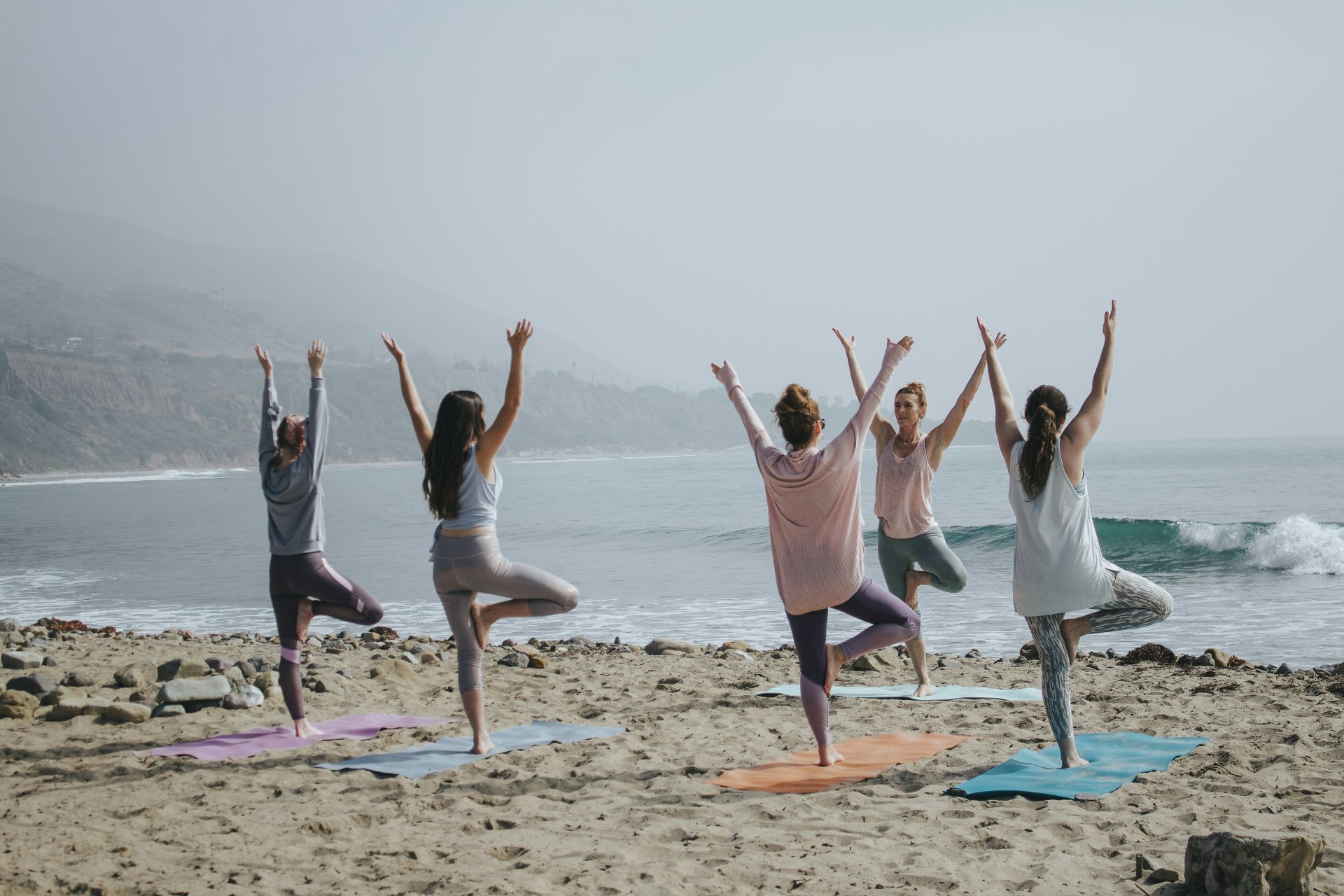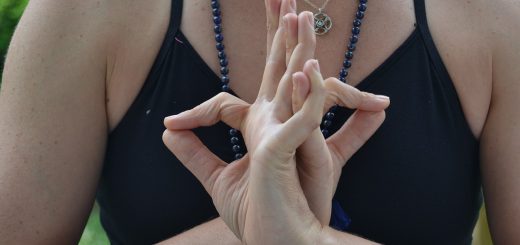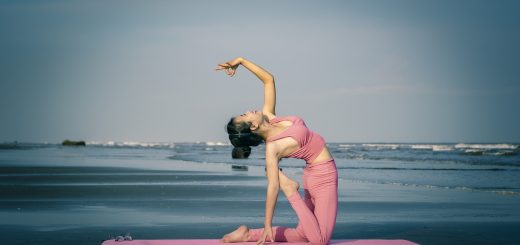What Are Yoga Poses Called? A Comprehensive Guide

Hey there, amazing readers! 🖐️ Just a quick note: yes, we know there are a lot of ads here. Trust us, we get it—it’s not the prettiest look, but they help us keep this blog alive and kicking. Those pesky little ads cover the costs of all the behind-the-scenes magic, from hosting and tech stuff to creating content we hope you’ll love.
We’re committed to delivering quality posts, and your support (even just sticking around despite the ads) means everything to us. So, bear with us, and thanks for helping us keep the good vibes rolling. Now, on to the fun stuff! 😉
TRANSLATE BUTTON AT THE END OF THE ARTICLE
Introduction: Understanding the Names of Yoga Poses
Yoga is a centuries-old practice that offers a myriad of physical, mental, and spiritual benefits.
One of the essential aspects of yoga is the various poses, or asanas, that practitioners perform to achieve balance, strength, flexibility, and relaxation.
Understanding the names of yoga poses is crucial for navigating through different classes and styles of yoga.
The names of yoga poses often have deep-rooted meanings in Sanskrit, the ancient language of yoga.
Each pose is carefully named to reflect its physical form, benefits, or the intention behind it.
By familiarizing yourself with the names of yoga poses, you can deepen your practice, follow along in classes more easily, and gain a better understanding of the overall philosophy of yoga.
In this comprehensive guide, we will explore different categories of yoga poses, including standing poses, seated poses, balancing poses, backbends, forward bends, twisting poses, inversions, arm balances, restorative poses, and core strengthening poses.
Each category offers a unique set of benefits and challenges, and knowing the names of these poses will help you make the most out of your yoga practice.
Standing Yoga Poses: Names and Benefits
Standing yoga poses form the foundation of a yoga practice, helping to build strength, improve balance, and increase focus.
Some common standing poses include:
Tadasana (Mountain Pose): This pose focuses on alignment, grounding, and elongating the spine.
Virabhadrasana I (Warrior I): Warrior I strengthens the legs, opens the hips, and builds concentration.
Utthita Trikonasana (Extended Triangle Pose): Extended Triangle Pose stretches the hamstrings, opens the chest, and improves overall flexibility.
Vrksasana (Tree Pose): Tree Pose enhances balance, concentration, and stability, while also strengthening the legs and core.
Standing yoga poses are excellent for beginners to start their practice as they provide a solid base for more advanced poses.
By mastering these poses and understanding their names, you can progress to more challenging sequences with confidence.
Seated Yoga Poses: Exploring Different Asanas
Seated yoga poses offer a range of benefits, including stretching the hips, relieving lower back pain, and promoting relaxation.
Some common seated poses include:
Sukhasana (Easy Pose): Easy Pose is a comfortable seated position that encourages grounding and mindfulness.
Baddha Konasana (Bound Angle Pose): Bound Angle Pose opens the hips, stretches the groins, and improves circulation.
Paschimottanasana (Seated Forward Bend): Seated Forward Bend stretches the spine, hamstrings, and shoulders, promoting relaxation and flexibility.
Ardha Matsyendrasana (Half Lord of the Fishes Pose): Half Lord of the Fishes Pose strengthens the spine, stimulates the digestive system, and increases spinal mobility.
Seated yoga poses are ideal for calming the mind and body, making them perfect for a gentle practice or for winding down after a more vigorous sequence.
Balancing Yoga Poses: Improve Stability and Focus
Balancing yoga poses challenge your stability, focus, and coordination, while also strengthening your muscles and improving your posture.
Some popular balancing poses include:
Bakasana (Crow Pose): Crow Pose builds arm and core strength, improves balance, and enhances concentration.
Vrikshasana (Tree Pose): Tree Pose not only improves balance but also focuses the mind and increases hip flexibility.
Garudasana (Eagle Pose): Eagle Pose strengthens the legs and arms, opens the shoulders, and improves concentration.
Natarajasana (Dancer Pose): Dancer Pose enhances balance, stretches the shoulders and thighs, and improves focus and grace.
Balancing yoga poses require practice and patience but offer a sense of accomplishment and mindfulness when achieved.
By learning the names and techniques of these poses, you can advance your practice and master your balance.
Backbends in Yoga: Names and Techniques
Backbends in yoga are invigorating poses that open the heart, stretch the front body, and strengthen the back muscles.
Some common backbends include:
Bhujangasana (Cobra Pose): Cobra Pose strengthens the spine, opens the chest, and improves posture.
Urdhva Dhanurasana (Wheel Pose): Wheel Pose increases flexibility in the spine, shoulders, and hip flexors, while also boosting energy levels.
Ustrasana (Camel Pose): Camel Pose stretches the front body, opens the heart, and improves spinal flexibility.
Dhanurasana (Bow Pose): Bow Pose strengthens the back muscles, stretches the shoulders and chest, and stimulates the abdominal organs.
Backbends can be energizing and uplifting, making them excellent poses for counteracting the effects of sitting or slouching.
By understanding the names and techniques of backbends, you can practice them safely and reap their numerous benefits.
Forward Bends: Relaxation and Flexibility
Forward bends in yoga are soothing poses that calm the mind, release tension in the back body, and promote relaxation.
Some popular forward bends include:
Uttanasana (Standing Forward Bend): Standing Forward Bend stretches the hamstrings, releases tension in the back, and calms the mind.
Paschimottanasana (Seated Forward Bend): Seated Forward Bend stretches the spine, hamstrings, and lower back, promoting relaxation and introspection.
Prasarita Padottanasana (Wide-Legged Forward Bend): Wide-Legged Forward Bend stretches the hamstrings, opens the hips, and improves circulation.
Balasana (Child’s Pose): Child’s Pose relaxes the back, shoulders, and neck, while also calming the mind and promoting introspection.
Forward bends are ideal for winding down after a vigorous practice or for relieving stress and anxiety.
By learning the names and techniques of forward bends, you can incorporate them into your routine for a well-rounded yoga practice.
Twisting Yoga Poses: Benefits and Variations
Twisting yoga poses are detoxifying poses that wring out tension, improve digestion, and increase spinal mobility.
Some common twisting poses include:
Ardha Matsyendrasana (Half Lord of the Fishes Pose): Half Lord of the Fishes Pose stretches the spine, shoulders, and hips, while also stimulating the digestive organs.
Parivrtta Trikonasana (Revolved Triangle Pose): Revolved Triangle Pose strengthens the legs, stretches the hamstrings, and improves balance.
Marichyasana (Sage Pose): Sage Pose detoxifies the organs, stretches the shoulders, and improves spinal rotation.
Bharadvajasana (Bharadvaja’s Twist): Bharadvaja’s Twist stretches the spine, shoulders, and hips, while also aiding in digestion.
Twisting poses are excellent for improving spinal health, increasing flexibility, and detoxifying the body.
By familiarizing yourself with the names and variations of twisting poses, you can enjoy the benefits of these rejuvenating postures.
Inversion Poses: Enhancing Circulation and Strength
Inversion poses in yoga are exhilarating poses that reverse the blood flow, improve circulation, and strengthen the upper body.
Some popular inversion poses include:
Sirsasana (Headstand): Headstand increases blood flow to the brain, strengthens the arms and shoulders, and boosts energy levels.
Adho Mukha Svanasana (Downward-Facing Dog): Downward-Facing Dog improves circulation, stretches the spine and hamstrings, and strengthens the arms and shoulders.
Salamba Sarvangasana (Shoulder Stand): Shoulder Stand calms the mind, stimulates the thyroid gland, and reverses the effects of gravity on the body.
Pincha Mayurasana (Forearm Stand): Forearm Stand strengthens the core, shoulders, and arms, while also improving balance and concentration.
Inversion poses offer a fresh perspective, challenge your strength, and invigorate the body.
By learning the names and techniques of inversion poses, you can safely explore these dynamic postures and experience their transformative effects.
Arm Balance Poses: Mastering Arm Strength
Arm balance poses in yoga require both physical strength and mental focus, challenging you to find stability and alignment.
Some challenging arm balance poses include:
Bakasana (Crow Pose): Crow Pose requires arm and core strength, balance, and focus to lift the feet off the ground.
Astavakrasana (Eight-Angle Pose): Eight-Angle Pose demands strong arms, core engagement, and hip flexibility to achieve the twisted arm balance.
Mayurasana (Peacock Pose): Peacock Pose strengthens the wrists, arms, and core, while also improving digestion and balance.
Eka Pada Koundinyasana (One-Legged Sage Koundinya’s Pose): One-Legged Sage Koundinya’s Pose combines arm strength, core stability, and hip flexibility in a challenging arm balance.
Arm balance poses build confidence, increase upper body strength, and cultivate focus and determination.
By mastering the names and techniques of arm balance poses, you can advance your practice and develop a deeper sense of self-awareness and strength.
Restorative Yoga Poses: Relax and Restore
Restorative yoga poses are deeply relaxing poses that promote rest, relaxation, and rejuvenation.
Some soothing restorative poses include:
Supta Baddha Konasana (Reclining Bound Angle Pose): Reclining Bound Angle Pose opens the hips, relaxes the lower back, and calms the mind.
Balasana (Child’s Pose): Child’s Pose relaxes the back, shoulders, and neck, while also promoting deep breathing and introspection.
Viparita Karani (Legs-Up-the-Wall Pose): Legs-Up-the-Wall Pose improves circulation, relieves tired legs, and calms the nervous system.
Savasana (Corpse Pose): Corpse Pose allows for deep relaxation, rejuvenation, and integration of the benefits of your yoga practice.
Restorative poses are ideal for reducing stress, promoting relaxation, and restoring energy levels.
By learning the names and benefits of restorative poses, you can create a soothing and nurturing yoga practice that supports your overall well-being.
Core Strengthening Poses: Building Stability
Core strengthening poses in yoga target the muscles of the abdomen, back, and pelvis, improving stability, balance, and posture.
Some effective core poses include:
Navasana (Boat Pose): Boat Pose strengthens the core, hip flexors, and spine, while also improving balance and concentration.
Plank Pose: Plank Pose engages the entire core, arms, and legs, promoting stability and strength.
Chaturanga Dandasana (Four-Limbed Staff Pose): Four-Limbed Staff Pose builds strength in the arms, core, and lower back, enhancing overall stability.
Ardha Navasana (Half Boat Pose): Half Boat Pose tones the lower abs, strengthens the back, and improves core stability.
Core strengthening poses are essential for supporting the spine, improving posture, and enhancing overall strength in yoga practice.
By incorporating these poses into your routine and understanding their names and techniques, you can build a strong foundation for advanced poses and movements.
Conclusion
In conclusion, understanding the names of yoga poses is essential for deepening your practice, navigating through different classes, and embracing the diversity of yoga styles.
By familiarizing yourself with the names and techniques of standing poses, seated poses, balancing poses, backbends, forward bends, twisting poses, inversions, arm balances, restorative poses, and core strengthening poses, you can enhance your physical, mental, and spiritual well-being through the practice of yoga.
Embrace the beauty and complexity of yoga poses, and let them guide you on a transformative journey of self-discovery and growth on and off the mat.

The Enlightenment Journey is a remarkable collection of writings authored by a distinguished group of experts in the fields of spirituality, new age, and esoteric knowledge.
This anthology features a diverse assembly of well-experienced authors who bring their profound insights and credible perspectives to the forefront.
Each contributor possesses a wealth of knowledge and wisdom, making them authorities in their respective domains.
Together, they offer readers a transformative journey into the realms of spiritual growth, self-discovery, and esoteric enlightenment.
The Enlightenment Journey is a testament to the collective expertise of these luminaries, providing readers with a rich tapestry of ideas and information to illuminate their spiritual path.
Our Diverse Expertise 🌟
While our primary focus is on spirituality and esotericism, we are equally passionate about exploring a wide range of other topics and niches 🌍📚. Our experienced team is dedicated to delivering high-quality, informative content across various subjects ✨.
To ensure we provide the most accurate and valuable insights, we collaborate with trusted experts in their respective domains 🧑🏫👩🏫. This allows us to offer well-rounded perspectives and knowledge to our readers.
Our blog originally focused on spirituality and metaphysics, but we’ve since expanded to cover a wide range of niches. Don’t worry—we continue to publish a lot of articles on spirituality! Frequently visit our blog to explore our diverse content and stay tuned for more insightful reads.






